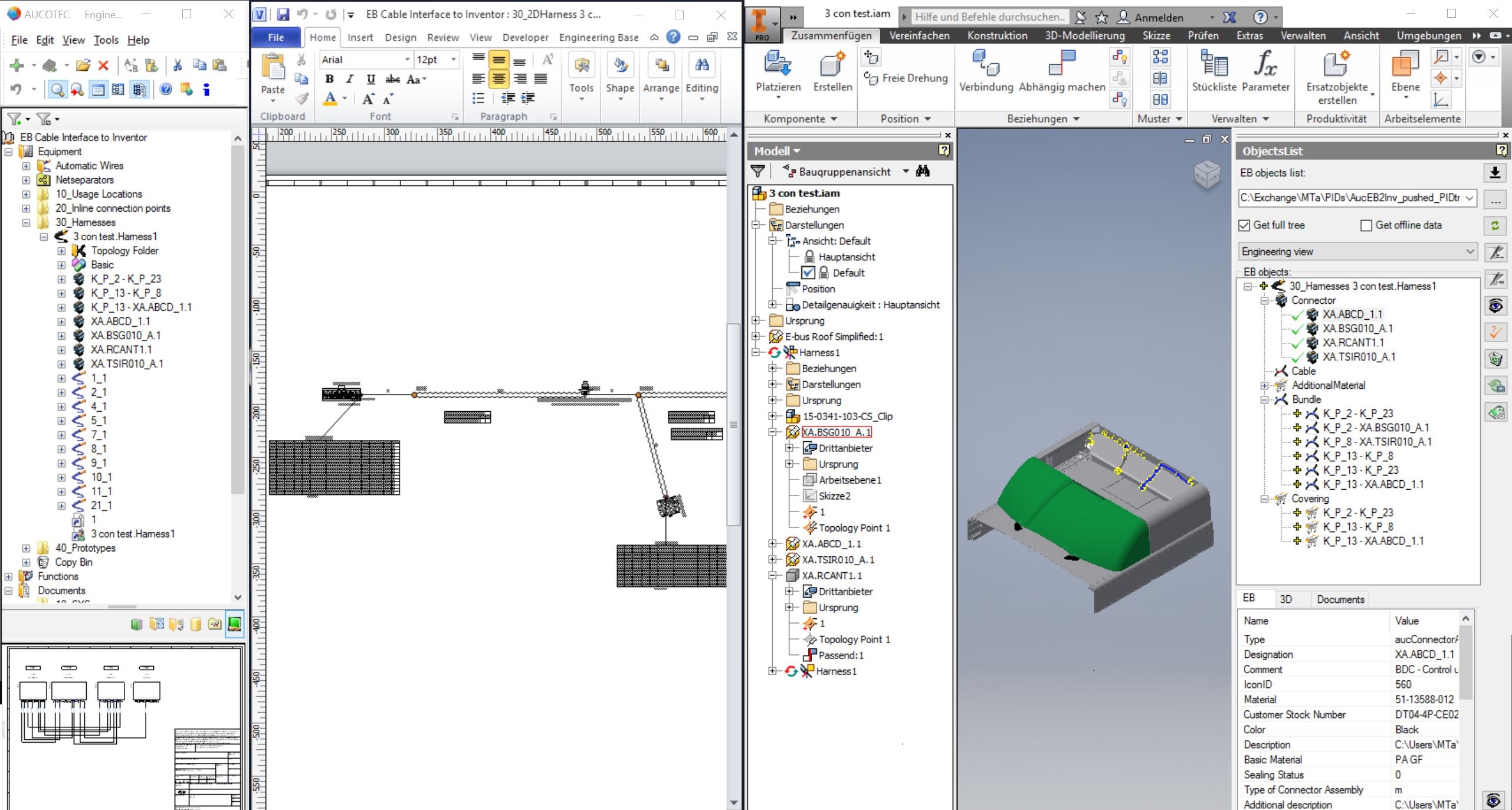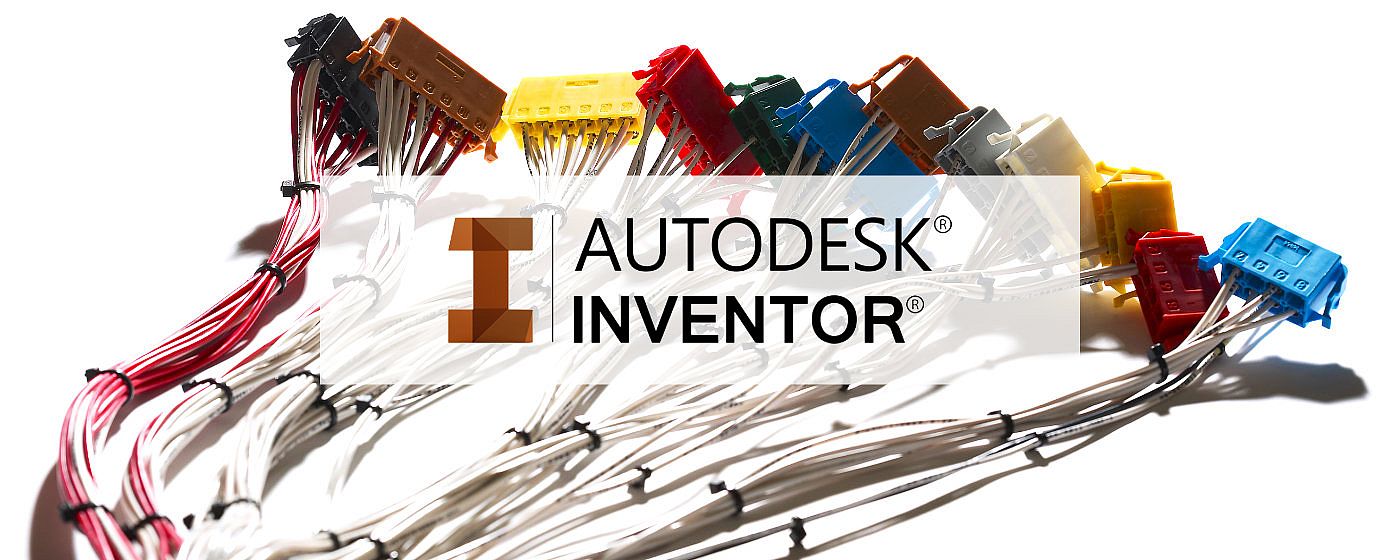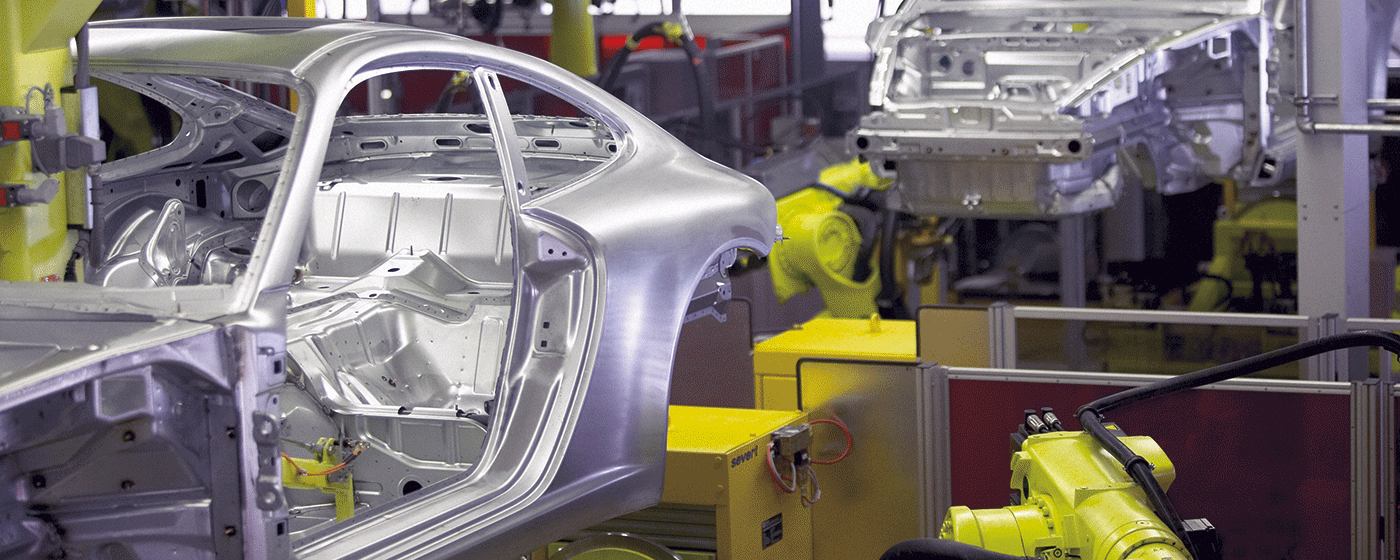Your advantages at a glance:
- Closed data flow between 2D and 3D in wiring harness engineering
- Greater security of communication and project overview
- No multiple entries or manual revisions and significantly fewer errors
- Changes can be implemented much faster and more consistently
Challenge
The two worlds of electrical and mechanical engineering naturally have a lot of common objects and data in the harness design process. Since they are edited and processed in different areas, however, a continuous exchange of information is necessary and comparisons and revisions have to be performed repeatedly.
Furthermore, changes are a constant factor in the engineering process. With the ever increasing complexity of vehicles, however, manual cross-discipline changes at different points in the process can only be made today at immense cost. The manual revision of different drawings, lists, and the 3-D model not only takes far too much time, but also results in a loss of clarity. In addition, inconsistent data gives rise to errors which are not detected early enough.
Solution
Always in sync
AUCOTEC offers a particularly comprehensive solution for the harness design process of the automotive, aviation and aerospace industries, as well as the transportation industry: the Engineering Base (EB) platform with its object-oriented data model which allows different views of the centrally held data to be defined. Whether electrical logic, 2-D topology or a 3-D model, EB provides an overview of the entire design data at any time and enables a highly efficient change process.
In cooperation with Unitec Informationssysteme GmbH, AUCOTEC developed a linking of its harness design version of EB, Engineering Base (EB) Cable, with the widely used 3D-tool Inventor® from Autodesk. It significantly facilitates the interaction of mechanical and electrical systems as it allows both sides to start the design process in parallel and enables them to synchronize their information at any time. With automated bidirectional exchange of data between the different systems, the design and change processes are significantly accelerated, and the considerably improved data consistency also increases the quality of documentation.
Deriving automatically
For the electrological definitions - thus the definition of electrical components and connectors, Engineering Base is the leading system. Once the items in EB are linked with those in Inventor®, any changes are transferred automatically from one system into the other.
The wiring harness data that is processed in 3-D (topology, length, protective material) is transferred back to EB Cable. The routing of the individual wires takes place there and the derived 2-D wiring harnesses and follow-up documentation are generated automatically, for example, form board drawings, lists, etc. All modifications can be tracked precisely and transferred from one system to the other.
Using the integrated navigation function, the user can navigate directly from the display of an item in one system to the display of that item in the other system. A zoom function also enables the convenient detail view of any selected item.
 © AUCOTEC AG
© AUCOTEC AGBenefits
Faster, more consistent, more cost-effective
This integration solution for 2-D and 3-D engineering permits exceptionally consistent wiring harness development for any type of harness design - without data discontinuities due to system transitions, without duplicate data entries or manual revisions. This eliminates sources of error and the quality increases with significant savings of time.
It is also significantly easier to have an overview of the always up-to-date status of a harness design process. Due to the automated exchange of information, changes are immediately recognized and cannot be overlooked or forgotten.




